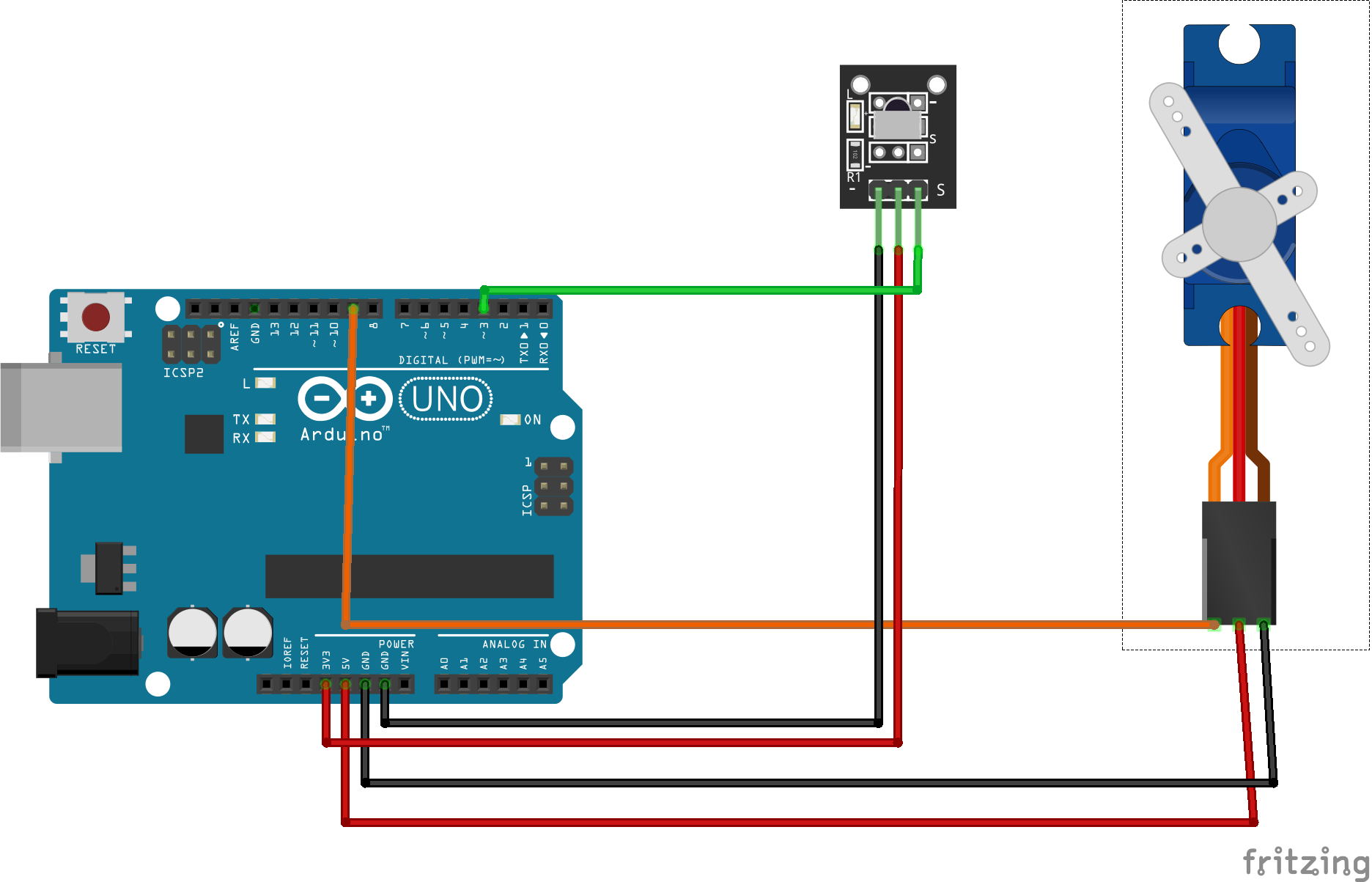

This library allows an Arduino board to control RC (hobby) servo motors. With write() we move the servo motor to the desired angle, specified as parameter, from 0 to 180.īut first we need to declare a Servo object. You can use any servo code, hardware or library to control these servos. Contribute to arduino-libraries/Servo development by creating an account on. With attach() we tell Servo which port to use. We’re going to use 2 methods: attach() and write().
#Servo motor arduino schematic code#
In this case you can find the library source code at, so you can write your own modified version or just understand how it works under the hood. The nice thing about Arduino is that it’s all open source. The page lists some usage information, the methods exposed by the library, and some examples too: This is the way to get information about any library, not just this one, and it’s useful to know where you can get more info. Now lets practically interface the joystick to Arduino. Search “servo” in the box, and you should see it show up:Ĭlick the “More info” link, this will open the page in your browser. When we move the lever the voltage varies in X and Y output pins.
#Servo motor arduino schematic how to#
The Servo library is a built-in library, and to have more information on this library you can open the menu Tools and Manage libraries. Learn how to control servo motors on the Arduino with this tutorial complete with descriptions, sample projects, schematic diagrams, and ready-to-upload. This will add a #include line on top of the file. Individual LED indicator for motor power supply state and servo power supply state.In the Arduino IDE Sketch menu, select Include Library and pick Servo:.Integrated pull down resistor to keep motor disable during start up.Provides DIP sockets to support other pin compatible motor bridge chipset.Includes two L293D Quad H-Bridges chipset that can provide 0.6A per bridge (1.2A peak) with thermal shutdown protection, internal kickback protection diodes.Support motors operating between 4.5V to 25V DC. Motor power supply can be configured to source from the motor power terminal block or from the Arduino’s VIN pin.Support up to 4 bi-directional DC motors with individual 8-bit speed selection, and up to 2 stepper motors (unipolar or bipolar) with single coil, double coil or interleaved stepping. By using a potentiometer (or any analog sensor), its possible to directly control your servo with the Arduino in the same way that youd control a.Servo power supply can be configured to source from the servo power terminal block or from the Arduino’s 5V pin.Provides connectors to support 2 servos.Mate with Arduino and Arduino compatible boards.The servo power supply and motor power supply can be configured to source from an individual terminal block or from the Arduino board providing flexibility to your project. In this project, we will connect the servo motor to the digital output that support PWM D5, Connections of servo motors with Arduino UNO.

Servo header and terminal blocks are provided for easy connection to motor.

It supports up to 2 servo motors and 4 bi-directional DC motors, or 2 servo motor and 2 stepper motors.

The OSEPP Motor and Servo Shield can plug directly onto the Arduino and Arduino compatible boards. The potentiometer will help in changing the delay time which is written in for loops in given code. The other lead is the control lead and this is usually orange or yellow. The color of the leads varies between servo motors, but the red lead is always 5V and GND will either be black or brown. This example makes use of the Arduino servo library. For this experiment, the only thing connected to the Arduino is the servo motor. By adjusting the potentiometer knob we will control the servo motor speed. Sweeps the shaft of a RC servo motor back and forth across 180 degrees. Hardware is compatible with the AFMotor library here: This code is for changing the speed of the servo motor using a potentiometer.


 0 kommentar(er)
0 kommentar(er)
